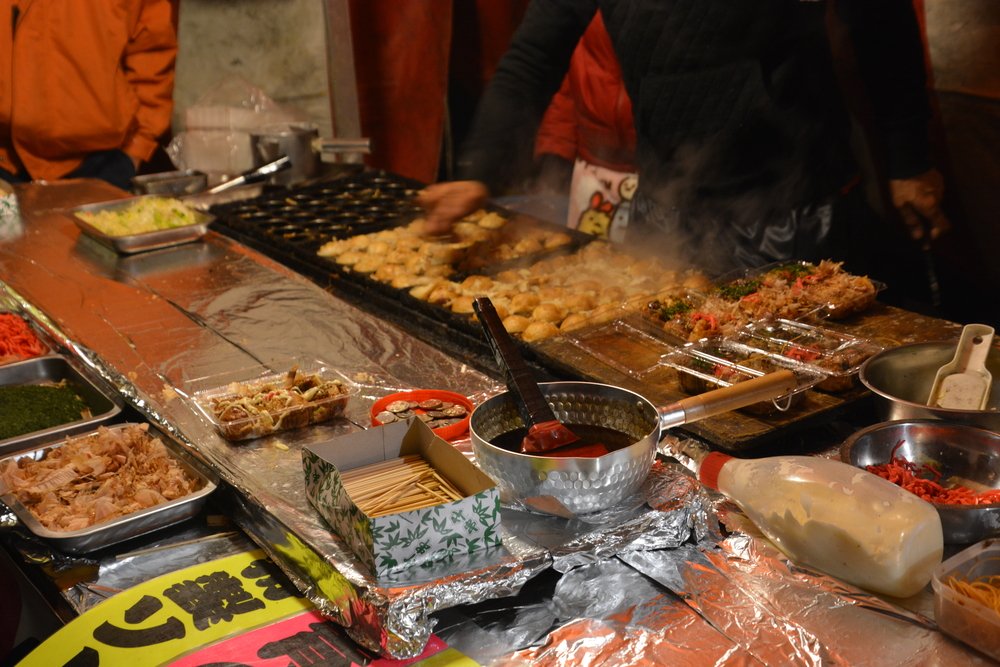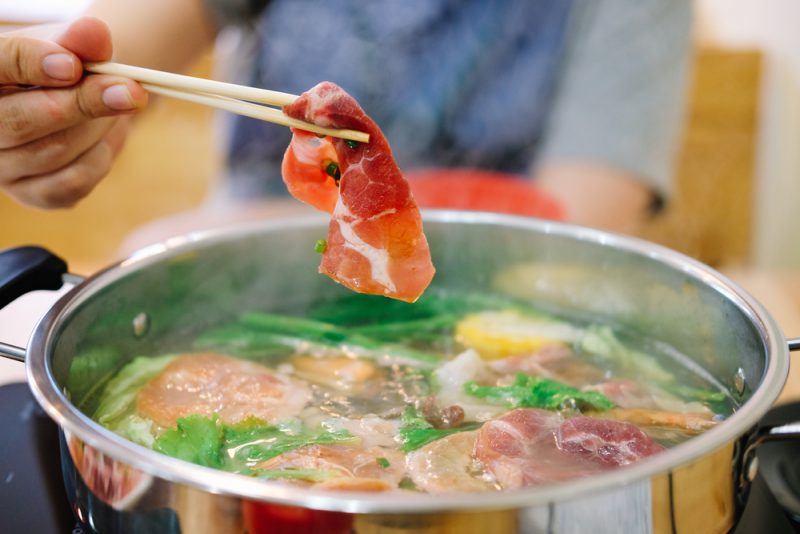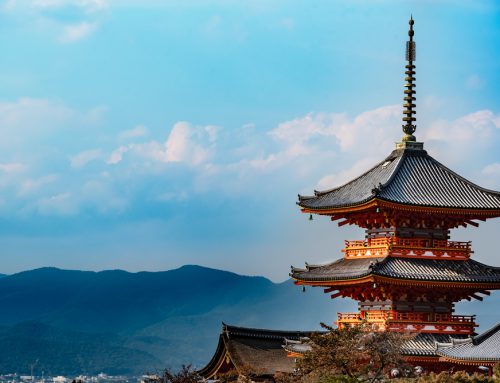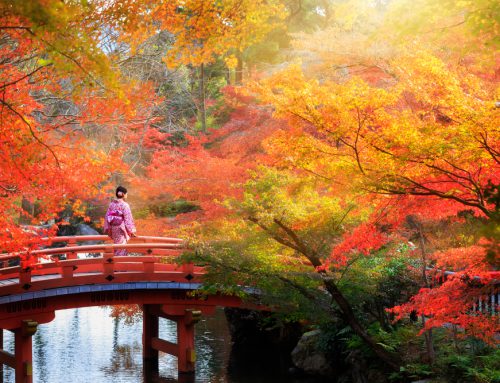People travel to Japan for varied reasons. Some want to see old Japanese castles, temples and shrines; many are fans of the samurai, ninja or otaku culture; and others like to try as many authentic mouthwatering Japanese dishes as they can. If you belong to the group that is always on the lookout for some amazingly tasty cuisine, a Nagomi Visit is highly recommended.
Introduction to Nagomi Visit
A registered non-profit organisation, Nagomi Visit is a unique Japanese experience that offers tourists the opportunity to understand Japanese culture through home cooking. It was founded in 2011 by Megumi Kusunoki, who was inspired by her 2009 trip to Denmark, where being invited to a Danish family dinner reminded her of that special and warm feeling of being around her friends and family eating together back home.
About the hosts
Nagoma Visit hosts are local families from all walks of life. They may have kids and/or pets. They may know a lot about particular Japanese traditions and practices such as calligraphy or tea ceremony, and share their knowledge with you. They may live in the busy and hectic urban areas of Tokyo or Osaka, in the quiet and serene countrysides of Nagano or Hokkaido, or close to the beautiful beaches of Okinawa. Some may be able to speak fluent English, others may only know the basics, or a number may even be able to speak other foreign languages.
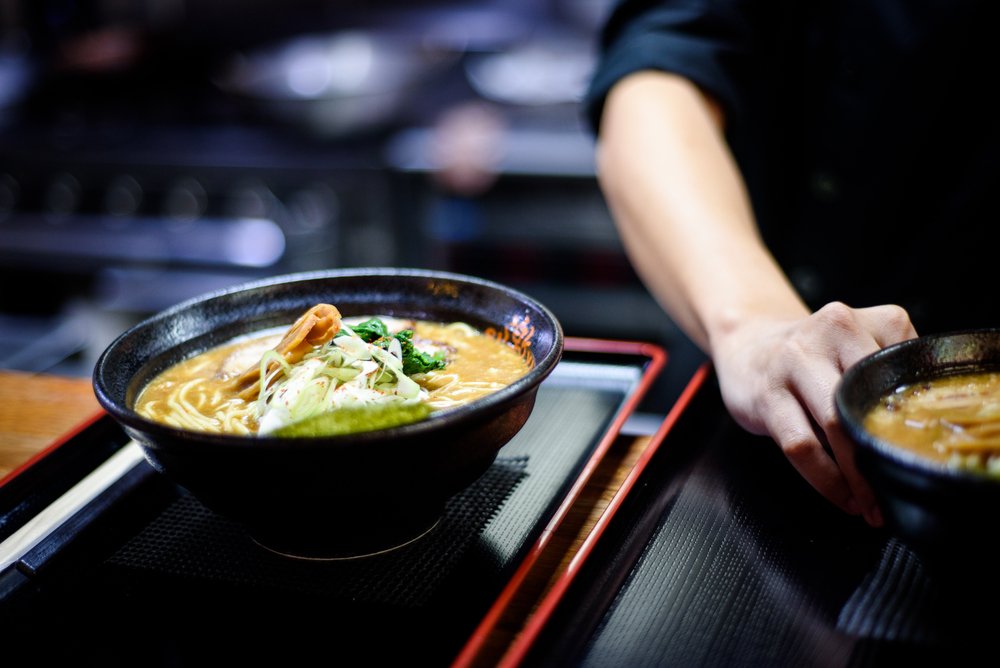
Finding a host
There is a matching system in place so that you and the host families can find the right people to meet and spend time with.
Before booking your Nagomi Visit, you can peruse the profiles of the host families and find one that matches your interests and preferences — location, date of visit, languages spoken, and so on. Your request will then be forwarded to families that fit your needs, and they will respond if they accept.
Moreover, if you have any dietary restrictions, you should include it in your booking request to inform your potential host in advance. If you want to help with the cooking or have a specific dish in mind, you should also state that beforehand.
Booking
You should send a booking request for a Nagomi Visit at least 10 days before your desired visit date. Many of the host families in the program have work commitments during weekdays, but there are also some that are available during the week. Within 3 days you can expect a response from several matching hosts. You then have 3 days to select one.
Booking a Nagoma Visit costs 3,500 yen per adult. You can pay using your credit card or PayPal. Your payment covers the cost of ingredients and an administration fee.
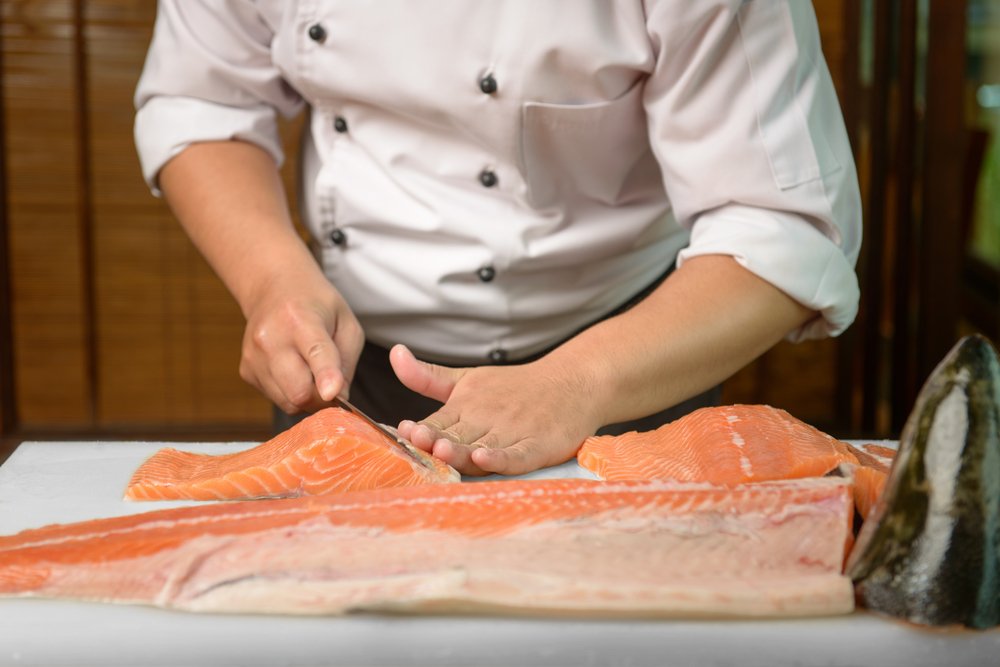
On the day of your Nagomi Visit
To fully enjoy your Nagomi Visit, follow the proper etiquette:
Get in touch with your host before the day of your visit. That way, they can offer recommendations on the best way to get to their house. You are also advised to send them a photo of yourself and your contact information in case of emergencies.
Be punctual. Check the bus or train schedule to ensure you arrive at your destination on time. You may also consult your host about this for more accurate information.
Arrive hungry. Your host will have made a special effort to prepare delicious food for you. Ensure that you don’t arrive too full from other dining or snacking experiences to fully appreciate the feast.
Learn some Japanese greetings. Your host may pick you up at the train or bus station, and they will appreciate it so much if you greet them with a hearty “hajimemashite!”
Do not be shy. You and your host may need to walk from the station to their home, so take that opportunity to start a conversation. Use some of the information from their profile to get started.
Offer to help. Once at the house, you should at least ask if they need help in the preparation of the food.
Once the food is ready, say “itadakimasu” before eating. If you find the food delicious, say “oishii”. When you and the others are done eating, say “gochiso-sama deshita”.
Exchange stories. As a foreigner, your host expects you to be curious about the Japanese culture. This is your chance to get information from the locals themselves. Listen when they talk, and wait for them to finish before speaking. If you wish, you can bring some photos of friends and family or memorabilia from your home country to show them.
